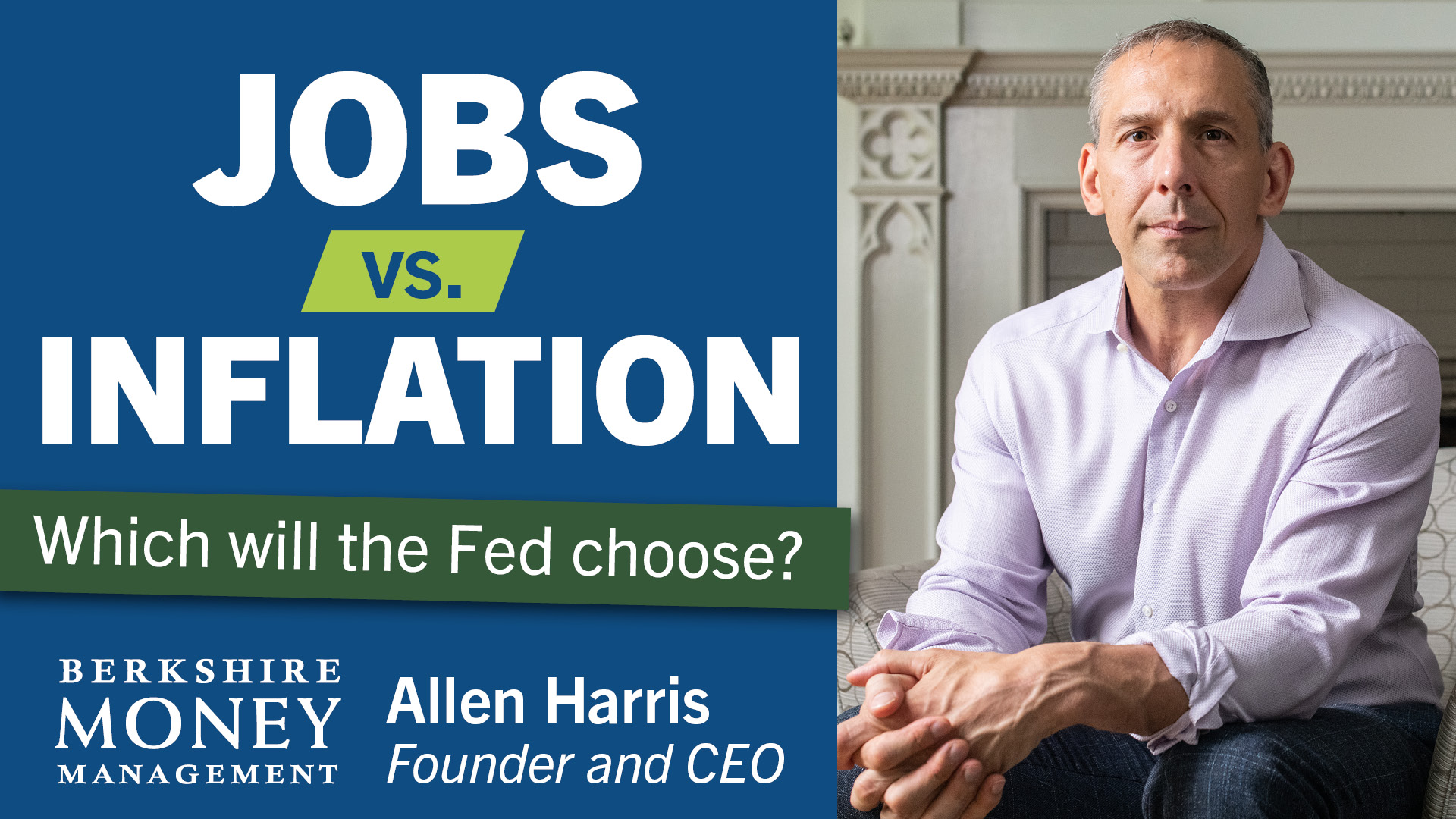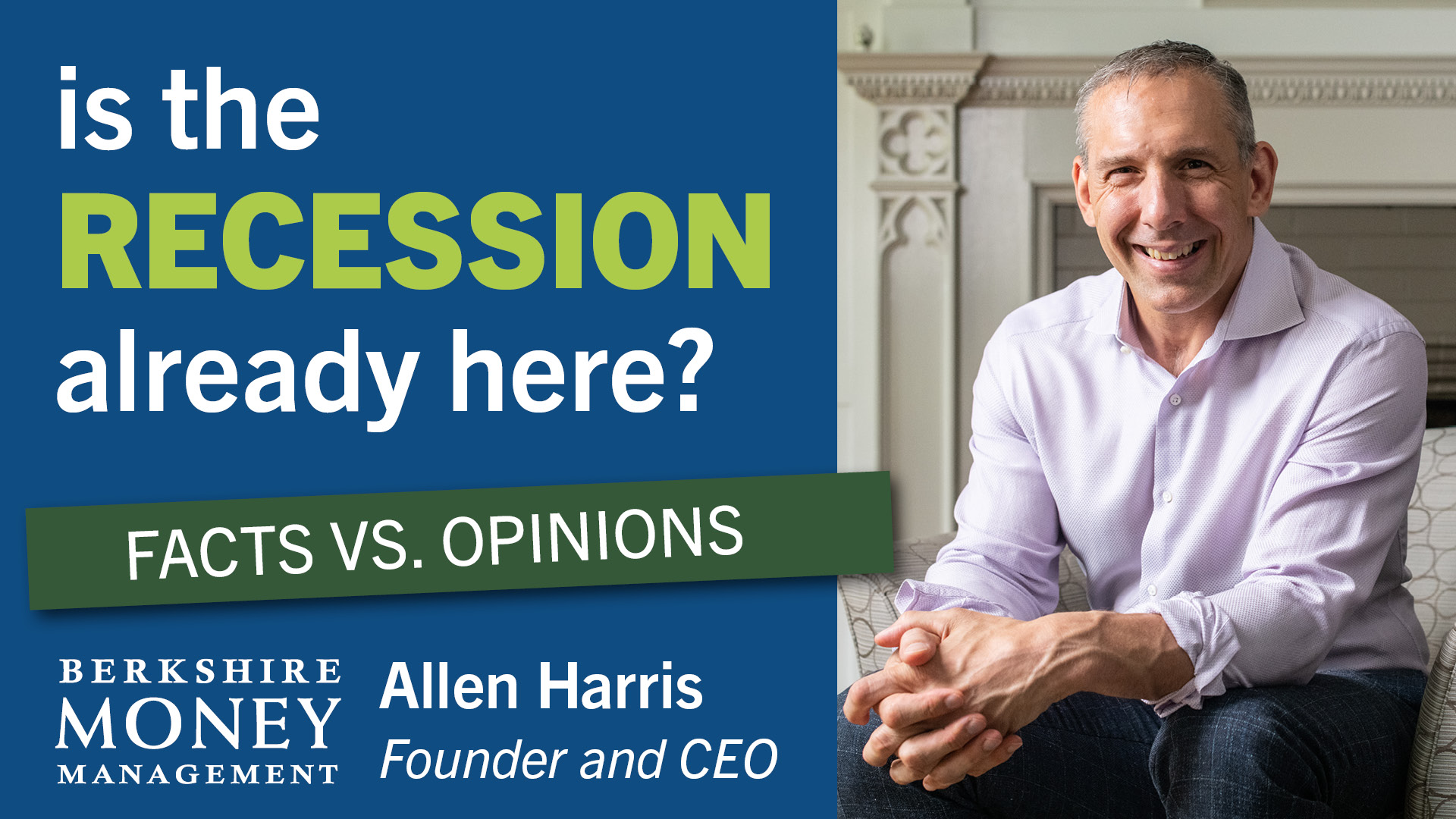Make up your mind, already!

Hey, stock market. Are you going up, or are you going down? Pick one side of the 200-day moving average and stick with it, would ya?
What is the 200-day moving average? The 200-day moving average (DMA) is a key indicator that investors (traders?) use to gauge whether an investment is in an uptrend or a downtrend. The 200-DMA is typically represented by a line chart and represents the average price of the past 200 days. When the price of an investment is above the 200-DMA, it’s considered in an uptrend. And, when it’s below the 200-DMA, it’s considered to be in a downtrend.
The 200-DMA for the S&P 500 is about 4,500 points. As I write this column, the index is below the 200-DMA but flirting with it. By the time you read this, I wouldn’t be surprised if the S&P 500 rose above it. Then fell below it. Rinse. Repeat.
Year-to-date through April 21, 2022, the S&P 500 rose above its 200-DMA five times. Super bullish, right? Well, it’s also dipped below its 200-DMA six times.
The stock market is, in some ways, a representation of investors’ feelings. Hopefully, that sounds weird to you — investing based on feels. For many investors (not traders), stocks are held for the long term, with perhaps some rebalancing or maintenance around the edges of a portfolio. But wild daily vacillations are often the result of investors making emotional decisions based on the news of the day. And there’s been a lot of information to make us feel concerned one day and optimistic the next.
Interest rates rise. Hundreds of thousands of jobs are created. Inflation spikes. Corporate profit margins widen. Supply chains break. Consumer demand skyrockets. Down. Up. Up. Down.
I remain invested as if the stock market will resolve itself to the upside. I believe this for all the reasons I’ve cited in previous columns: lots of pessimism in the market is attractive to a contrarian like me; lots of historical data shows upside potential; my avoidance of bonds. However, being the cautious man I am, I have taken action to flatten out my investments by making fewer big sector bets.
I had some direct exposure to the financial sector through the Financial Select Sector SPDR ETF (symbol: XLF). I sold that and placed the proceeds into SPDR Dow Jones Industrial Average ETF (symbol: DIA). Twenty percent of DIA is allocated toward financial stocks, and the rest is also allocated to equities.
So, it really wasn’t as if I was ducking for cover in that trade. I took a few chips off the table, but I’m still playing. Like the up/down nature of the market in general, I can make a case for or against the financial sector. Since I am slightly de-risking, I am currently paying more attention to the cons for financial companies than the pros — deal-making will slow, assets under management growth for wealth advisors will be challenging, and borrowing rates for banks are increasing.
An advantage of broadening out the equity allocation is that about 17% of DIA invests in technology stocks. Technology has been an under-performer for a while. Readers will recall that I shifted from growth stocks to value stocks in April 2021 and in January 2022 (which included the technology sector). Part of that shift was in anticipation of higher long-term interest rates. However, as measured by the 10-year Treasury note, long-term interest rates could be temporarily topping out. The yield on the 10-year has recently gone as high as 2.9%. Over the past half-decade, it’s been tough for that yield to challenge, then stay above 3%. It did reach about 3.25% in 2018. A topping out of long-term yields could be supportive of technology stock prices.
Allen Harris is the owner of Berkshire Money Management in Dalton, Massachusetts, managing investments of more than $700 million. Unless specifically identified as original research or data-gathering, some or all of the data cited is attributable to third-party sources. Unless stated otherwise, any mention of specific securities or investments is for illustrative purposes only. Adviser’s clients may or may not hold the securities discussed in their portfolios. Adviser makes no representations that any of the securities discussed have been or will be profitable. Full disclosures. Direct inquiries: [email protected].
This article first appeared in The Berkshire Edge on April 25, 2022.
Allen is the CEO and Chief Investment Officer at Berkshire Money Management and the author of Don’t Run Out of Money in Retirement: How to Increase Income, Reduce Taxes, and Keep More of What is Yours. Over the years, he has helped hundreds of families achieve their “why” in good times and bad.
As a Certified Exit Planning Advisor, Certified Value Builder, Certified Value Growth Advisor, and Certified Business Valuation Specialist, Allen guides business owners through the process of growing and selling or transferring their established companies. Allen writes about business strategy in the Berkshire Eagle and at 10001hours.com.





